The previous observations were made at the end of June 20. A lot has happened, and also, not happened since then. India is catching up fast with the US and Brazil in the number of COVID-19 patients; at present, we are on the verge of 5 million. At this speed, we might overtake both the US and Brazil by the end of this year.
Lockdown was the craze of April-May-June; Unlock has been the watchword of the last two months. The state and central governments have got the knowledge that the timing, intensity, and modus operandi of the lockdown were wrong and it was a case of remedy worse than malady - but wisdom is still lingering. The experts who were all for the lockdown then, are now demanding unlocking: they always know which way the wind is blowing. The media overkill continues. The Ministry of Communications has gone schizophrenic, and we are privileged to hear both lockdown and unlocking messages on the phones - occasionally one after the other.
At both the levels - national and state, money is in short supply because the economy has shrunk drastically- to the extent that nobody has come out with estimates of how much wealth the country has failed to create in the last two quarters. Only those who dealt in essential commodities, medicines, and some essential services have thrived. All other sectors have been at a standstill. Salary cuts and delays have increased. For some, there is no salary. Only the parasites on the body-politic who monitor the wealth created out of others’ toil are sitting pretty at their well-supplied homes.
 The Public Health network is on the verge of collapse. The imbroglio over final examinations for the last academic year continues - ‘to assess or not to assess’ says the COVID-19 Hamlet. Travel is still not in full swing. In short, it is two steps forward, one step back. The government’s overconfidence in March-April is continuously waning. They should have been cautious then – unfortunately, they are over cautious now. Maharashtra CM is a fine example.
The Public Health network is on the verge of collapse. The imbroglio over final examinations for the last academic year continues - ‘to assess or not to assess’ says the COVID-19 Hamlet. Travel is still not in full swing. In short, it is two steps forward, one step back. The government’s overconfidence in March-April is continuously waning. They should have been cautious then – unfortunately, they are over cautious now. Maharashtra CM is a fine example.
But all is not lost. There is a silver lining to the state that created dark clouds. Our death rate continues to be low despite the rapid spread of the virus. Whole communities have not succumbed to it. The young are less affected - children are affected in the least. The recovery rate is keeping pace with the infection rate. Maybe it is because we generally live and thrive while besieged by heaven knows which viruses. We Indians are stubborn survivors - there is no need to panic.
The rain gods have been generous and agriculture has thrived with a normal monsoon. Floods are not rampant and hopefully, the harvest will not be affected. People in general have shown remarkable restraint in religious and cultural observances. Faith is no more a hurdle and perhaps has found its place and accepted the back seat for a change. But we need to be careful here - obscurantist demands touts asking for the opening of ‘temples’ have begun to surface. Both -Faith and the Faithful, are remarkably resilient…
Suffice it to say that we have survived not only the COVID-19 but also the policy-blunders of the government/s. Sectors wherein the state/central governments could not dabble are doing well. The Modi-Shah combine is less garrulous and has a morose expression. Their sickening bravado about the ’war/s’ (with an invisible enemy!) has almost vanished.
The following steps need to be taken urgently:
- Do away with all restrictions - people have understood the nature of the threat in the last six months. Let them take care of themselves.
- Open all government and private offices with at least 50% attendance.
- Open all houses of representatives – from Parliament to the Panchayat immediately. Social distancing will not be an issue here as the attendance is generally dismally poor. But should that be a problem, ask half members to attend at one time; hold two sessions for every bill.
- Open all hospitality, food, entertainment, shopping, and hobby-related (gymnasiums, clubs, parlors, restaurants, etc) establishments to function at half their capacity.
- Start all public transport at half capacity within all states and between states.
- Put an early end to the inconclusive debate and the dilly-dallying over on-line education. Start all educational institutes post-haste. Ask half students to attend according to odd-even roll numbers. Ask teachers to teach only the most essential part of the curricula this year.
- Hold rapid examinations for final year students of the last year.
- Create two national commissions to advise the policymakers: one to take stock of the economy, and another to assess the public health network and make suggestions to make it more diligent and effective.
- Enlighten the media, which at present, is running only from pillar to post and prides itself in daily arithmetic of the affected, cured, and dead patients. Try to arrest sensationalism and overkill.
These demands may sound like an echo of the list ‘What could have been done’ in the earlier pages, but that is inevitable since little or nothing was done on those.
 Serious work needs to be done to bring the economy back on track. At present, we have no idea how many man-days were lost and whether the damage is in billions/trillions. One wonders if there are reliable statistics about what average wealth - in sheer rupees - does a working Indian create in a month. Such a figure will enable us to understand what we need to retrieve. It will also force us to devise and implement austerity measures and to away with an extravaganza of all kinds.
Serious work needs to be done to bring the economy back on track. At present, we have no idea how many man-days were lost and whether the damage is in billions/trillions. One wonders if there are reliable statistics about what average wealth - in sheer rupees - does a working Indian create in a month. Such a figure will enable us to understand what we need to retrieve. It will also force us to devise and implement austerity measures and to away with an extravaganza of all kinds.
The lockdown uncovered a peculiar phenomenon about the country’s workforce, most of which comes from the Bimaru states: Bihar, Madhya Pradesh, Uttar Pradesh, Rajasthan and Odisha. The existing and upcoming Metros’ dependence on this labor is total. Moreover, certain states supply labor for certain jobs and function like carpenters from Rajasthan and labor for backbreaking work from Bihar. If these workers have gone back to their native states, and those states are taking good care of them, the chances of their return will diminish resulting not in lockdowns, but slowdowns till they are replaced by local labor, which is generally unwilling to don the blue-collar. Migrant labor is a necessary evil?
There was also some naïve talk of converting adversity into opportunity - fortunately, it died its own death. The philosophy behind this statement cannot be faulted per se, but it is impotent if there is no knowledge of the genesis of the adversity, its size, and scope. Wars cannot be fought in the absence of military intelligence even in case of a visible enemy. Natural calamities can be foreseen and avoided after observation and research over adequate periods. But our knowledge of seismology and oceanography is still very limited: earthquakes and tsunamis follow no logic, yet mankind can cope because these happen only for a few moments.
When a deceptive virus like COVID-19, with basic symptoms resembling ordinary cough and cold strikes out of the blue all over the world, the first thing to be done is observation and research rationally. Consider for example the growing numbers of infection and recovery: both figures will be large in India for two reasons. Firstly, the population of India -one percent of which is over 12 million. Secondly, tests only locate and record those showing symptoms. Doctors say that only so much can be done at present: there is no way of differentiating between basic/advanced/fatal symptoms.
The only way to fight (if at all) COVID-19 is to understand it first. In the absence of reliable vaccine/s, the best way to understand is to live with it with open eyes and survive.
-Vinay Hardikar
vinay.freedom@gmail.com
(The writer has been working in the public sphere of Maharashtra for the last five decades. His versatile personality has several dimensions, but the primary ones remain to be that of an established writer, journalist, editor, critic, activist, and teacher.)
Part 2 of this two-part article can be read here.
Tags: vinay hardikar covid 19 coronavirus lockdown pandemic political administration policies corona social governance Load More Tags

















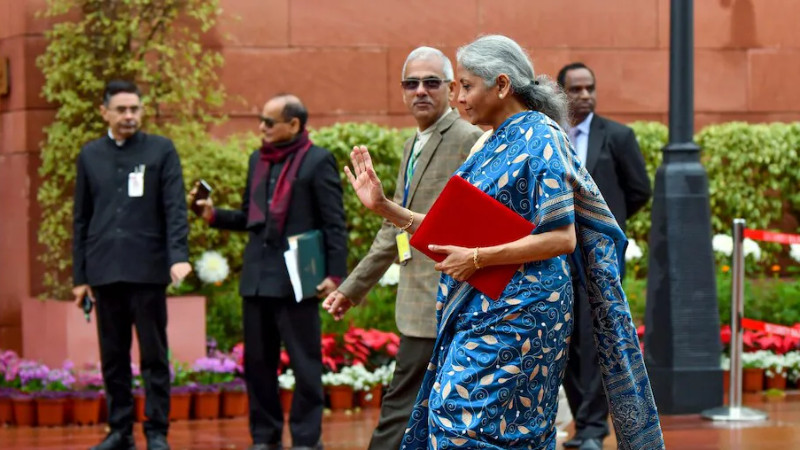























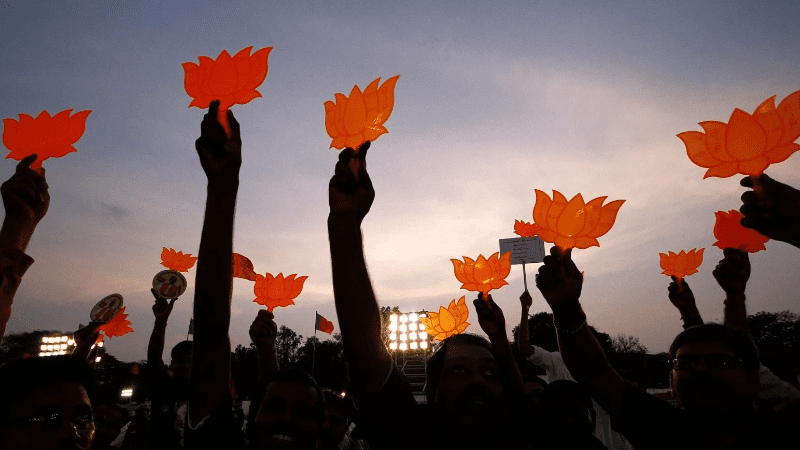


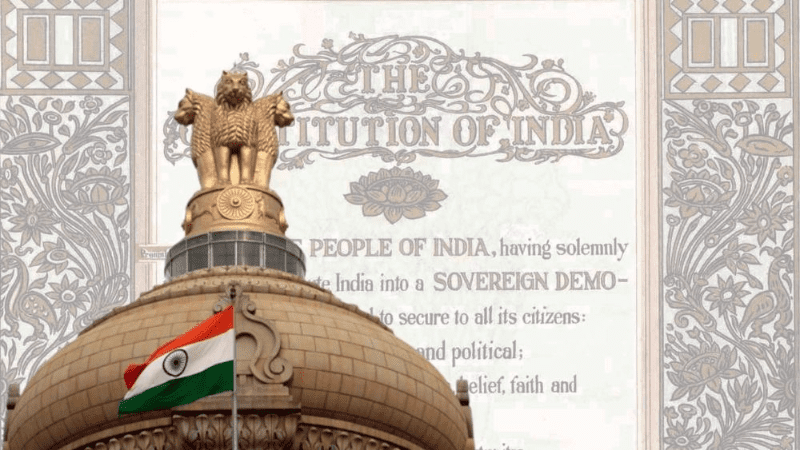
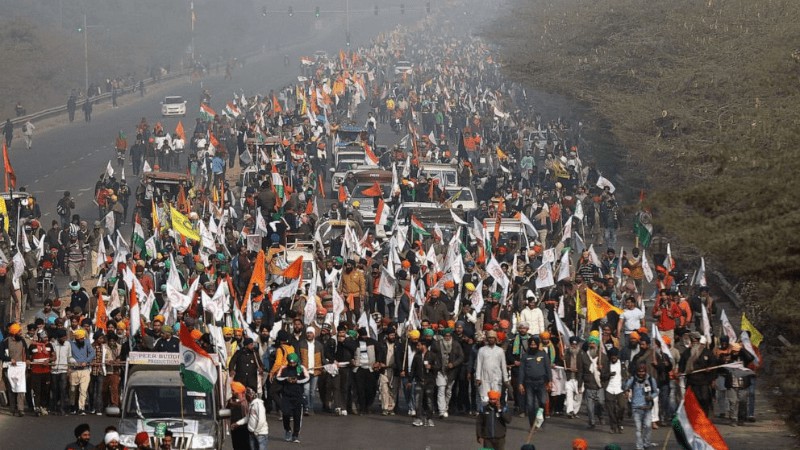








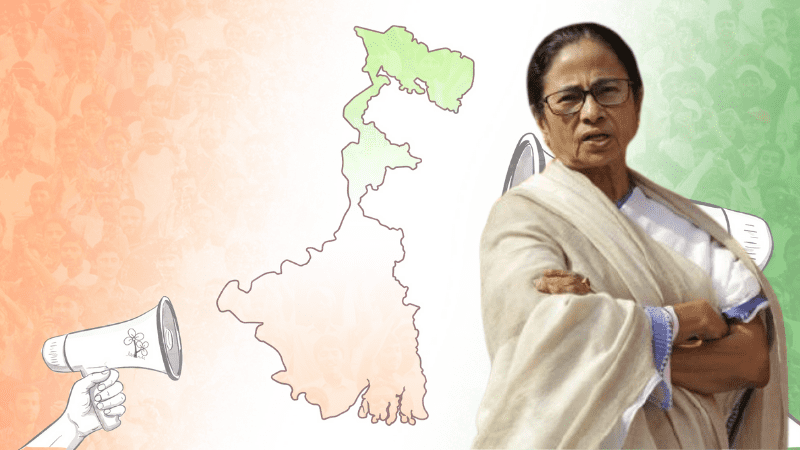









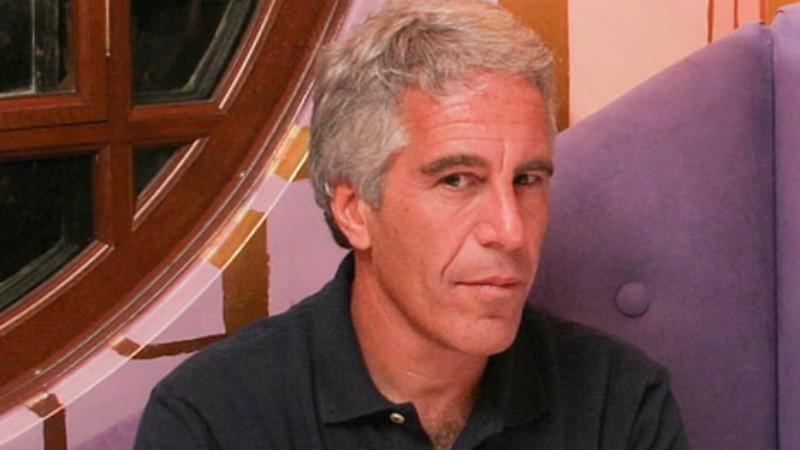

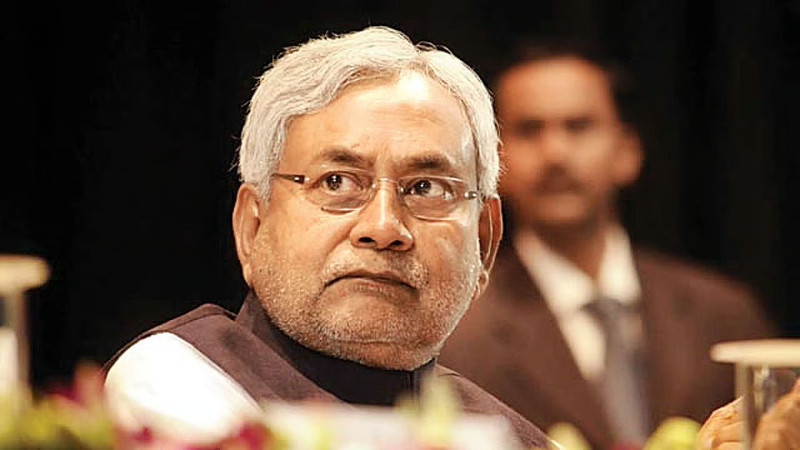
















Add Comment